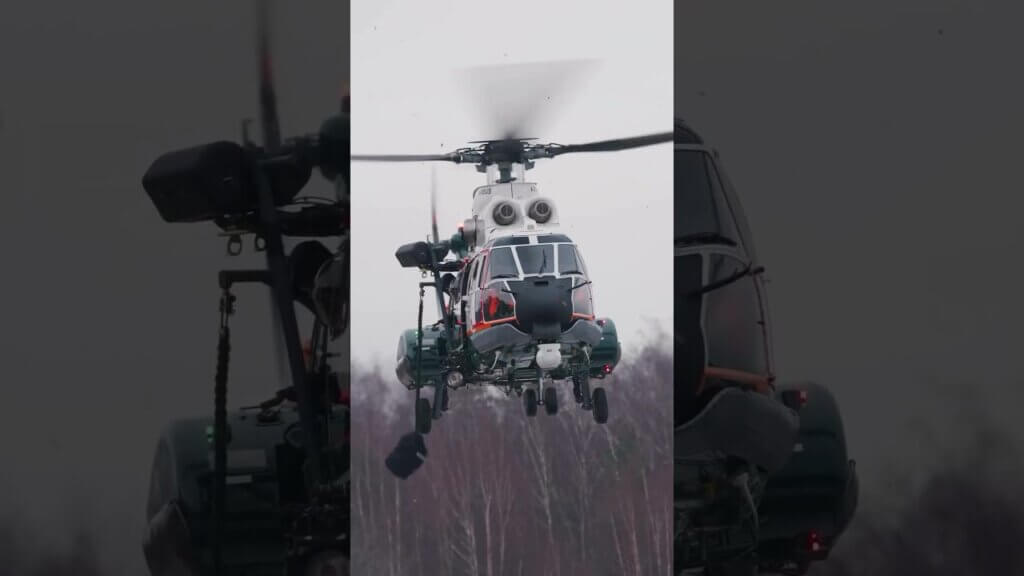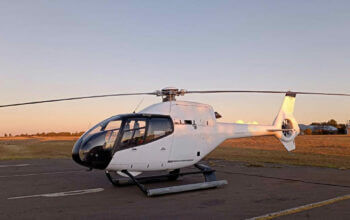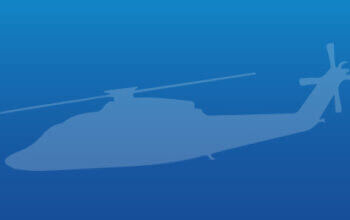A De Havilland DHC-6-100 Twin Otter airplane rolled and crashed into a U.S. Marine Corps MV-22B Osprey parked on a ramp at San Diego-Brown Field Municipal Airport on May 30, causing damage to both aircraft.

There were no injuries reported in the incident, which the U.S. Department of the Navy classified as a “Class A Mishap.”
The occupied Twin Otter (tail number N52FW) struck the unoccupied Osprey on the left wing, engine and propeller blade, leaving damage to the impacted areas, according to a City of San Diego Unusual Incident Report. The report also indicates damage to the Osprey’s landing gear and the right engine propeller blade (which impacted the ground).
The Twin Otter, which is registered to skydiving service Kapowsin Air Sports Ltd., had damage to its nose, right engine and both engine propellers, as well as a broken right windscreen and a collapsed right windscreen frame.
According to a news report from the U.S. Naval Institute’s online news and analysis portal, USNI News, the Osprey belongs to Marine Medium Tiltrotor Squadron (VMM) 163, based at Marine Corps Air Station Miramar. Marines were conducting routine training in the area prior to the incident, and had parked the Osprey at Brown Field airport.

The City of San Diego incident report stated that pilot Christopher Sanders “was picking up the Twin Otter” to take it to John Nichol’s Field Airport for skydiving operations after a maintenance provider “worked on the aircraft the last two weeks on several issues.”
The pilot “arrived at the aircraft at approximately 9:15 [a.m.] and began preflight operations,” the report continued. “The maintenance service sheet was still in the aircraft,” and an employee with the maintenance provider “released the aircraft. Right engine was turned on first and there were no issues. Left engine also started without incident. Then the aircraft began to roll forward. Mr. Sanders checked the parking brake, and pressed on the brakes and the brakes were not responsive. Mr. Sanders pulled back power as the aircraft moved to [the] left and impacted the Osprey.”
According to the incident report, two airport employees who were conducting a ramp inspection near the incident site responded to the scene and deployed fire extinguishers. One employee checked for injuries, leaks and foreign object damage extending into the taxiway.
The Federal Aviation Administration is further investigating the incident.









